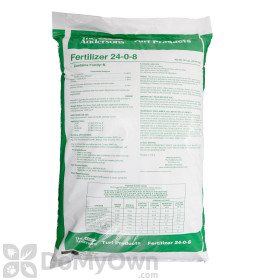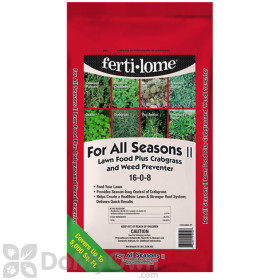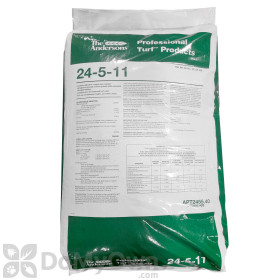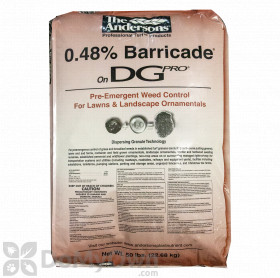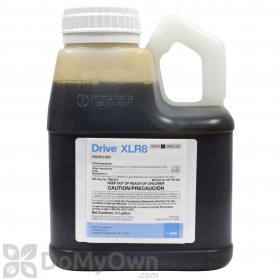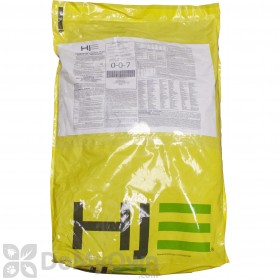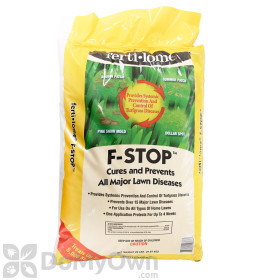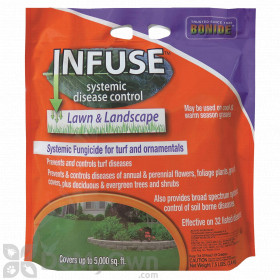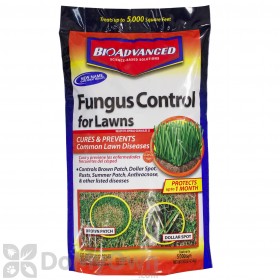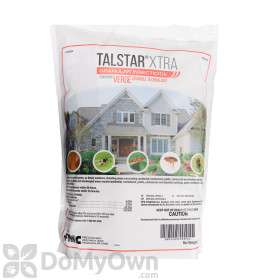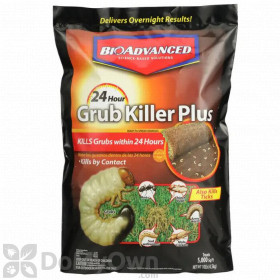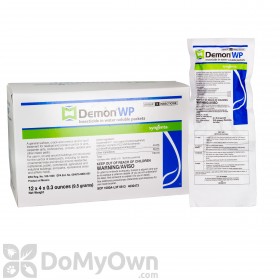Zoysia grass is a popular grass type grown in lawns throughout the transition zone of the United States (from Northern Georgia to Southern Illinois). Known for its ability to retain water and resist drought, zoysia is beautifully lush and green through most of the year.
Read below to learn more about zoysia grass, including:
What is Zoysia Grass?
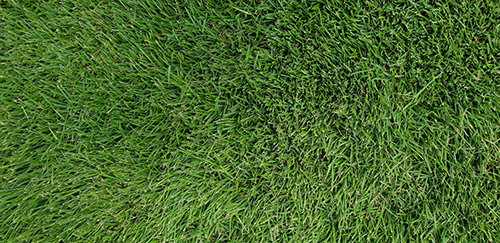
Zoysia is a dense warm-season grass that is relatively low-maintenance. This beautiful turf does better in cold weather than other warm-season turfs, making it popular in the transition zone of the United States. It is also found throughout the southern United States.
The blades of zoysia grass are light to medium green and create a thick carpet of turf in the lawn. Blades range from thin and fine to medium wide. The grass will turn brown as it goes dormant in the winter. It grows by both above-ground stems (stolons) and underground shoots (rhizomes), filling in bare spots. Zoysia is slow to establish from seed or plugs but will grow dense once roots take hold. The deep roots conserve moisture and help resist drought.
Zoysiagrass prefers sun but can handle light shade. The turf has low water needs to stay healthy, making it ideal for areas that see infrequent rain.
Zoysia can be found in lawns but also on the fairways and tees of golf courses. It can also be used on slopes to prevent erosion.
How to Care for Zoysia Grass
Mowing
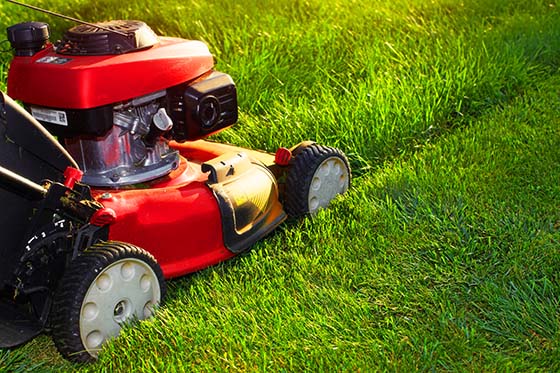
Zoysia should be kept 1-3 inches tall. The turf grows slowly but can grow slightly faster in the summer meaning the timing between mowing will vary.
Because zoysia is so thick and dense, it can be hard to cut with dull mower blades. Keep the blades of your lawnmower sharp between mowings to prevent irregular mowing patterns and uneven clippings.
Sodding and Seeding

When new lawns are being planted, most landscapers choose to use plugs or sod of pre-grown zoysia due to zoysia's slow growth. Zoysia grass seed is available on the market but will take at least 3 weeks for seeds to germinate and up to 1 year for the lawn to establish.
Because zoysia grows from both stolons and rhizomes, smaller bare spots in a lawn will fill in over time.
Dethatching
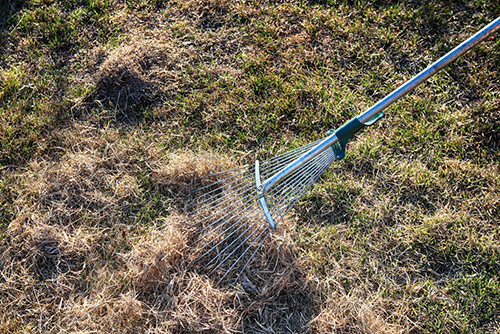
A build up of organic matter known as thatch can develop above the soil within zoysia turf. Because zoysia is such a thick turf-type, thatch can truly restrict the amount of nutrients, water, and air the soil receives.
Use a mechanical dethatcher or a dethatching rake to remove built-up thatch once or twice a year. Collect thatch and dispose of it as you would grass clippings.
Aerating
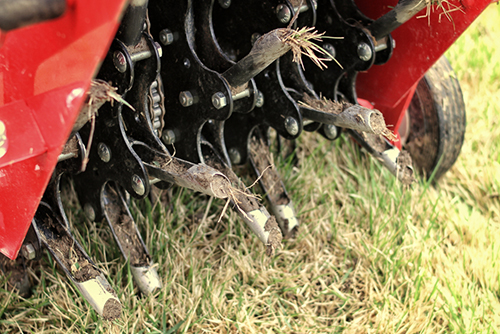
Thick turf like zoysia can become dense and compact over time, restricting air flow into the soil and nutrients to the roots of the turf. Aerating breaks up compact soil without destroying the entire lawn.
Rent an aerator or borrow a neighbor's, then use it evenly across your yard. We suggest aerating after the last freeze of the spring. Wait 2-3 weeks after aerating to apply any pre-emergent or fertilizer to the yard.
Fertilizing
Fertilizing is the best way to add nutrients into soil that it may be lacking. When the soil has the right combination of nutrients, grass will grow strong and healthy.
Test your soil with an at-home soil test or take a soil sample to your local extension office. Both will give you a report on what nutrients are missing and need to be added to your soil.
After sodding and aerating, fertilize in early spring after the last frost and every 6-8 weeks during the growing season. You can also fertilize in the early fall to increase nutrients.
Zoysia grass requires 2-4 pounds of nitrogen per 1,000 square feet per year, so keep this in mind when selecting a fertilizer.
Learn more about choosing a fertilizer in our fertilizer buyer's guide.
Watering
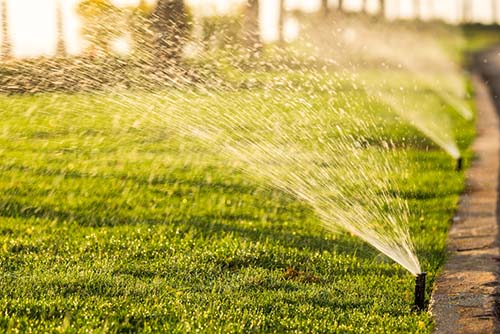
Zoysia needs 1 inch of water per week. If there is not adequate rainfall, watering with a sprinkler one morning a week should be sufficient.
Zoysia is susceptible to fungus because the thick turf can retain moisture well. Be sure to water in the morning to allow the lawn to dry throughout the day and keep the lawn landscaped to avoid pooling water.
Zoysia Grass Weeds and Diseases
Weed Control
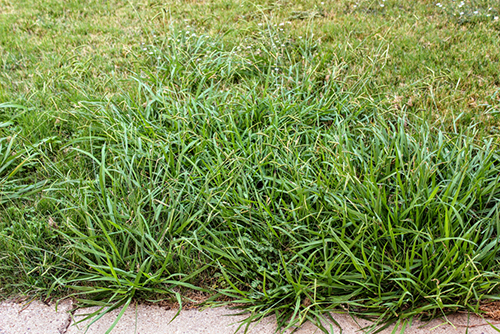
Thick turf like zoysia often crowds out weeds due to their density. But, weed seeds can always creep into your lawn from neighboring turfs and may grow in patchy areas of the lawn. Crabgrass, goosegrass, and other summer annual weeds may be found in zoysia.
Apply a pre-emergent herbicide in the spring after the last frost to prevent weeds from germinating. Follow up with a post-emergent herbicide on any weeds that do grow during the spring and summer. You can also apply a pre-emergent herbicide application in the fall before the weather cools and the ground freezes.
Disease Control
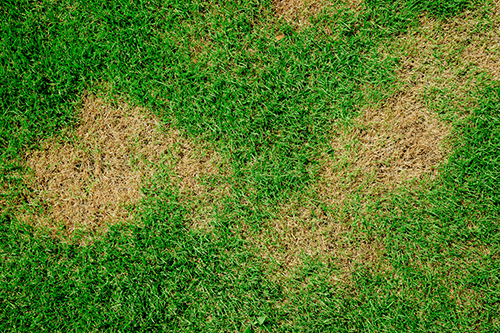
While thick turf is a plus for weed control, zoysia is susceptible to disease as its density can hold water and moisture. Brown patch (also known as large patch) and dollar spot are common diseases found in zoysia.
Apply a preventative fungicide labeled for zoysia to control potential fungus. Learn how to select and apply a fungicide in our fungicide buyer's guide.
Zoysia Grass Pest Control

The warm climates where zoysia is often found allow pests to thrive. Bugs commonly found in zoysia include mole crickets, grubs, and nematodes.
If you see pests in your lawn or have had prior infestations, an insecticide labeled for the pest you are targeting can be applied to control an active infestation or to prevent an infestation.
Milky spore is commonly used for grubs but will take several years to truly eradicate grubs from your lawn.
Read our insecticide guide for more information on selecting, mixing, and applying insecticides in your lawn.
Conclusion

Zoysia is a beautiful, dense grass that is found in lawns and golf courses throughout the southern and central United States. With a little bit of maintenance, zoysia will grow strong and thrive.
If you have questions about any of the products or methods mentioned in this guide, give our lawn care experts a call at 866-581-7378 or email [email protected].




